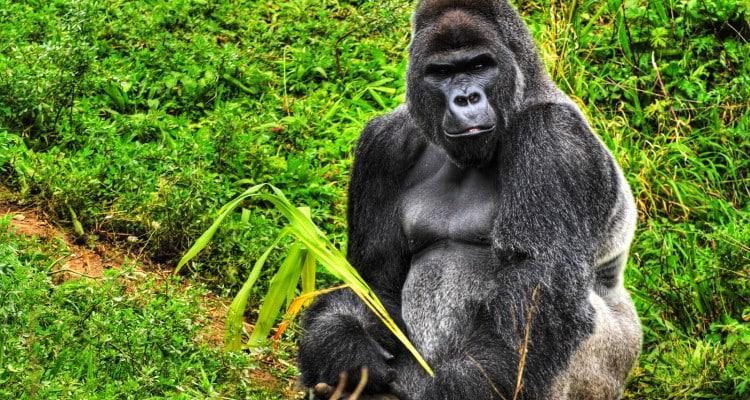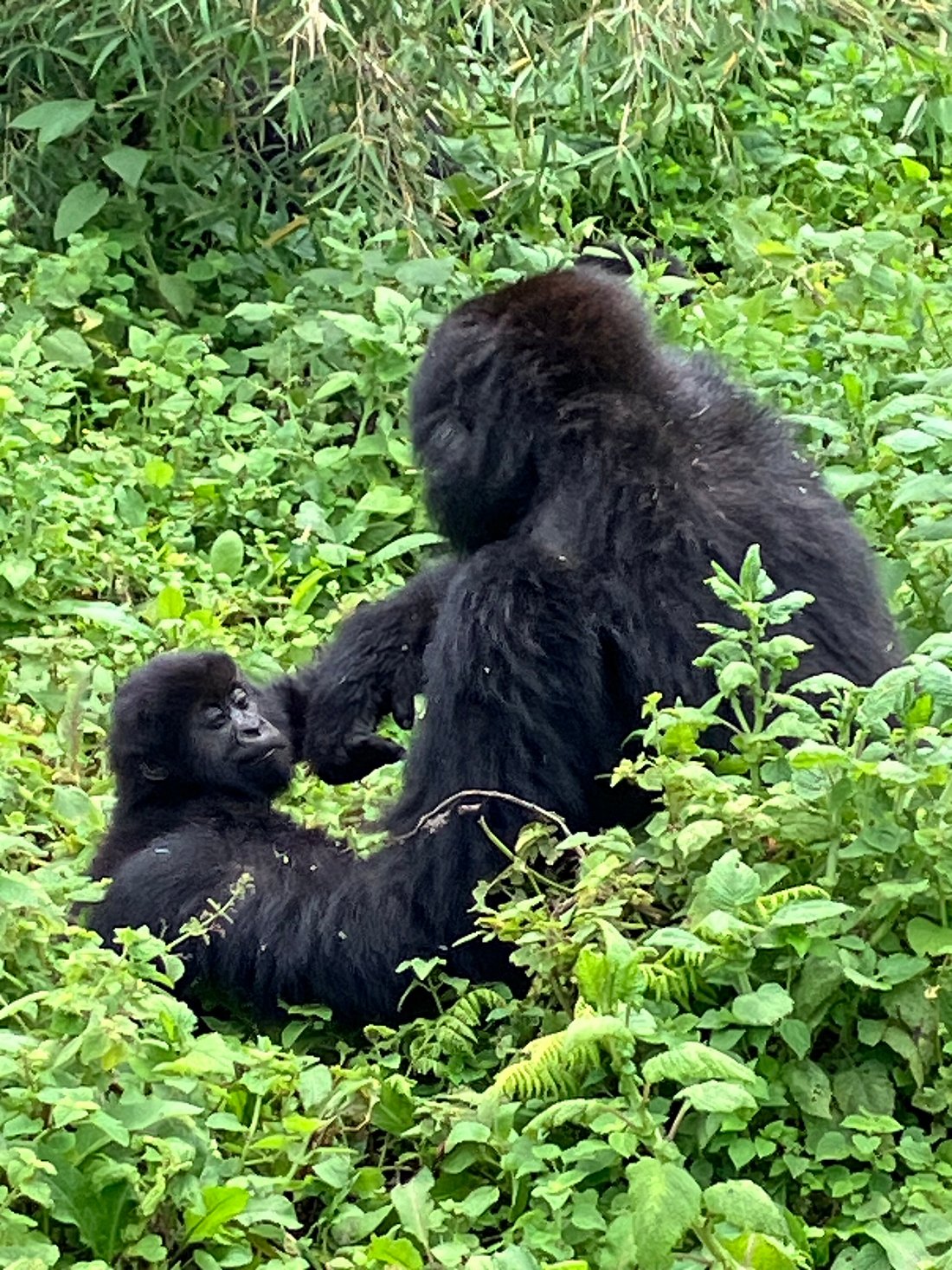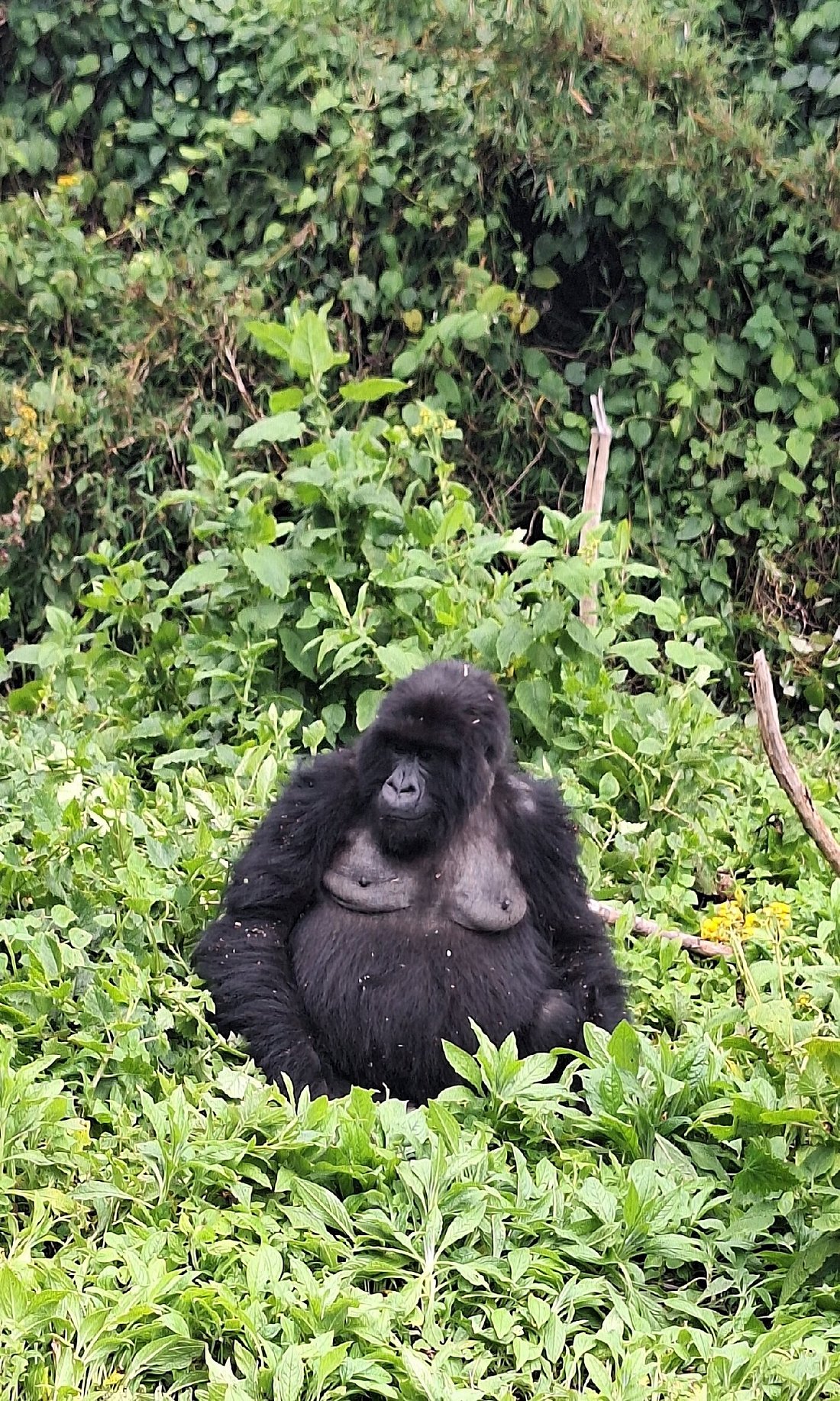Many travelers assume gorilla trekking is only for young, adventurous hikers. But the truth is…

Photography Tips for Gorilla Trekking – What Camera to Bring
For many travelers, gorilla trekking in Rwanda is a once-in-a-lifetime adventure. The moment you stand just meters away from a silverback, watch a baby gorilla cling to its mother, or see a family grooming each other in the misty forest—those memories deserve stunning photographs. That’s why so many visitors search for Photography Tips for Gorilla Trekking – What Camera to Bring. Good photography turns a magical experience into a story you can share forever.
This complete guide explains the best photography settings, how to shoot in a rainforest, how to protect your camera from rain and mud, and what camera to bring for gorilla trekking in Rwanda. Whether you are a beginner or a professional photographer, these photography tips will help you capture beautiful gorilla photos during your trek.
Why These Photography Tips for Gorilla Trekking Matter
Mountain gorillas live in dense forests where weather changes quickly. Light can be dim, and gorillas often move between bushes and bamboo. Having the right camera and knowing how to use it makes a huge difference. Even a simple smartphone can produce amazing photos—if you understand the conditions and techniques.
Photography Tips for Gorilla Trekking – What Camera to Bring
1. Bring a Camera That Works Well in Low Light
Most gorilla photography takes place under forest shade. Cameras with low-light capability capture sharp, bright images without too much noise.
Good choices include:
-
Mirrorless cameras (Sony A7 series, Canon R series, Nikon Z series)
-
DSLRs (Canon 90D, Nikon D7500, Canon 5D, Nikon D850)
-
High-end compact cameras with large sensors (Sony RX100 series)
Even though trekking happens during the day, the canopy can block sunlight—so low-light performance is key.
2. Best Lenses for Gorilla Photography
A 70-200mm lens is ideal for gorilla trekking. You will be close enough to the gorillas that you won’t need a super-long zoom.
Recommended lenses:
-
24-70mm for wide environmental shots
-
70-200mm for portraits and close action
-
Prime lenses (50mm or 85mm) for beautiful blurry backgrounds
You only stay with gorillas for one hour, so avoid changing lenses in the forest to prevent dust, rain, or dropping equipment.
3. Can You Use a Smartphone?
Yes! Smartphones today are powerful. The latest iPhone, Samsung, and Google Pixel models take excellent photos.
Tips:
-
Turn off flash
-
Use portrait mode for close-ups
-
Increase exposure in dark areas
-
Clean your lens—it matters!
If you’re searching for Photography Tips for Gorilla Trekking – What Camera to Bring, remember that smartphones are light, quiet, and very fast to shoot with. Many travelers capture professional-looking photos just with a phone.
4. Turn Off Flash Photography
One of the official photography rules in Volcanoes National Park is no flash. Flash can upset gorillas and make silverbacks feel threatened.
Before trekking:
Turn flash OFF on all cameras
Disable pop-up flashes
Turn off flash on smartphones
If your flash fires accidentally, rangers may ask you to stop taking photos—so check settings before entering the forest.
5. Use Fast Shutter Speed
Gorillas may sit still for a moment, but babies jump, play, and swing through bamboo. To freeze motion:
1/250s or faster for action
1/100s for resting gorillas
Auto ISO can help in low light
If using a smartphone, switch to “Pro” or “Manual” mode to increase shutter speed.
6. Raise ISO in Dark Forest Areas
Do not be afraid to increase ISO. Grainy photos are better than blurry ones.
Recommended ISO levels:
-
ISO 400–800 in open areas
-
ISO 1000–3200 in dark forest
-
Auto ISO works well if you move fast
Modern cameras handle high ISO amazingly well.
7. Use Burst Mode for Moving Gorillas
Babies move fast! Set your camera to burst/continuous shooting mode:
-
Hold shutter down
-
Capture 5–10 shots per second
-
Select the best frame later
This is one of the simplest photography tips for gorilla trekking and guarantees better action shots.
8. Focus on the Eyes
Great wildlife portraits show emotion. Always try to focus on the eyes—especially for silverbacks and mothers.
If your camera has:
-
Eye-tracking autofocus
-
Animal detection
-
Face-detect mode
…turn it on. You’ll capture sharp, powerful portraits.
What Camera Gear to Bring as Photography Tips for Gorilla Trekking
Since you hike through mud, bamboo, and steep slopes, travel light. Too much equipment becomes a burden.
Essential Gear Checklist
Camera body or smartphone
One lens (24-70mm or 70-200mm)
Spare battery
Rain cover or waterproof bag
Soft cloth to clean lens
Extra memory card
Power bank for smartphones
Lightweight camera strap
Avoid carrying tripods or huge long lenses—they slow you down, and rangers want you focused on safety.
Rain and Mud Protection
Rwanda’s rainforest weather changes quickly.
Protect your gear:
-
Store camera in a dry bag
-
Use a plastic cover or rain sleeve
-
Keep microfiber cloth handy for fogged lenses
Even phones should stay in waterproof pockets.
Carrying Your Camera While Trekking
You need both hands free for walking sticks and balancing. Use:
A cross-body strap
Chest harness
Small backpack with quick-access zipper
You can also hire a porter to carry your gear—highly recommended for photographers.
Framing & Composition: How to Take Beautiful Gorilla Photos, Photography Tips for Gorilla Trekking
1. Get Eye-Level
Crouch or kneel to match gorilla height. Eye-level shots feel personal and emotional.
2. Capture Behavior, Not Just Faces
Great gorilla photography includes:
-
Mothers holding babies
-
Silverbacks eating bamboo
-
Juveniles playing
-
Gorillas grooming each other
-
Walking through misty vegetation
These natural moments tell powerful stories.
3. Use Natural Light
Sun rays through bamboo create magical images.
Tips:
-
Position yourself where light hits the gorilla
-
Avoid shooting directly toward sun
-
Use soft forest light for portraits
4. Include the Forest in Some Shots
Close portraits are amazing, but wide-angle shots show environment:
-
Volcano mountains rising in background
-
Green rainforest
-
Misty atmosphere
These photos capture the feeling of Rwanda’s jungle.
Video Tips During Gorilla Trekking, Photography Tips for Gorilla Trekking
-
Shoot short clips instead of long videos
-
Use stabilization (phone or camera)
-
Move slowly and quietly
-
Don’t zoom too much—it reduces quality
Slow-motion videos of baby gorillas playing are always incredible.
Can You Fly Drones? Photography Tips for Gorilla Trekking
No. Drones are not allowed in Volcanoes National Park. They disturb gorillas and are banned for safety and conservation reasons.
Packing Tips for Photographers
-
Bring gloves—your hands will grab wet plants
-
Carry a lens cloth for mist and breath fog
-
Take a small towel for rain
-
Keep memory cards in a sealed bag
Porters can help carry equipment so you focus on photography.
Common Photo Mistakes to Avoid, Photography Tips for Gorilla Trekking
Leaving flash on
Carrying too many lenses
Forgetting spare battery
Shooting only close-ups
Not adjusting settings in low light
Follow the Photography Tips for Gorilla Trekking – What Camera to Bring and your pictures will look professional.
Final Advice for Stunning Gorilla Images, Photography Tips for Gorilla Trekking
-
Be patient
-
Stay calm and silent
-
Watch behavior and wait for perfect moment
-
Follow ranger instructions
-
Respect gorilla space
Sometimes the best photo comes in the final minute.
Conclusion of Photography Tips for Gorilla Trekking
These Photography Tips for Gorilla Trekking – What Camera to Bring will help you capture powerful images of Rwanda’s mountain gorillas. Whether you’re using a professional camera or a smartphone, good composition, natural lighting, and understanding gorilla behavior make your photos unforgettable.
When you stand face-to-face with a 200-kg silverback, listening to rustling bamboo and misty rainforest sounds, your camera becomes a storyteller. With the right equipment and these expert tips, your memories will live forever.




Comments (0)